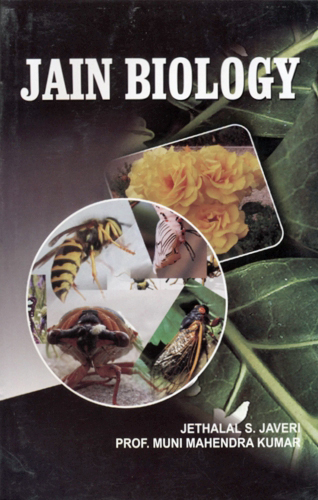In plants, asexual propagation involves reproduction from vegetative parts of plants and is possible because the vegetative organs of many plants have the capacity for regeneration. Stem cuttings have the ability to form adventitious roots. Root cuttings can regenerate a new shoot system. Leaves can regenerate both new roots and new shoots. A stem and a root (or two stems) can be grafted together to form a continuous vascular connection and a new plant. In short, a new plant can start from a single cell. Any living cell of the plant appears to have all genetic information needed to regenerate the complete organism so that the new individual is just like the mother plant and it possesses all the characteristic of the plant from which it has been collected.
The advantages of asexual propagation are that it is necessary to grow important plants that produce no viable seeds, such as banana, pineapple, oranges and grapes. Even when viable seeds are available, many crops, if propagated by seed, would not resemble the parents which produced the seed. For example, if seed from a Delicious or Baldwin apple-is planted, the apples from such trees would be quite unlike those of the parent and vary greatly in size, shape, colour, and quality, season of maturity, keeping quality, chemical composition, taste and other characteristics. On the other hand if a vegetative bud from a Baldwin tree is grafted, the new tree would bear apples exactly like those of the parent tree. Thus the unique characteristics of many cross-pollinated fruit trees, such as apple, peach, mango etc., can be maintained only if vegetative means of propagation is used. Some plants grown from seed have a long juvenile stage. During this time, the plant not only fails to produce flowers or fruits, but may exhibit some undesirable morphological features. To impart hardiness against diseases, pests and unfavorable climatic conditions, budding and grafting are adopted.
There are certain disadvantages also. No new varieties can be evolved; vegetatively propagated plants are comparatively short lived.
 Jethalal S. Zaveri
Jethalal S. Zaveri
 Prof. Muni Mahendra Kumar
Prof. Muni Mahendra Kumar

